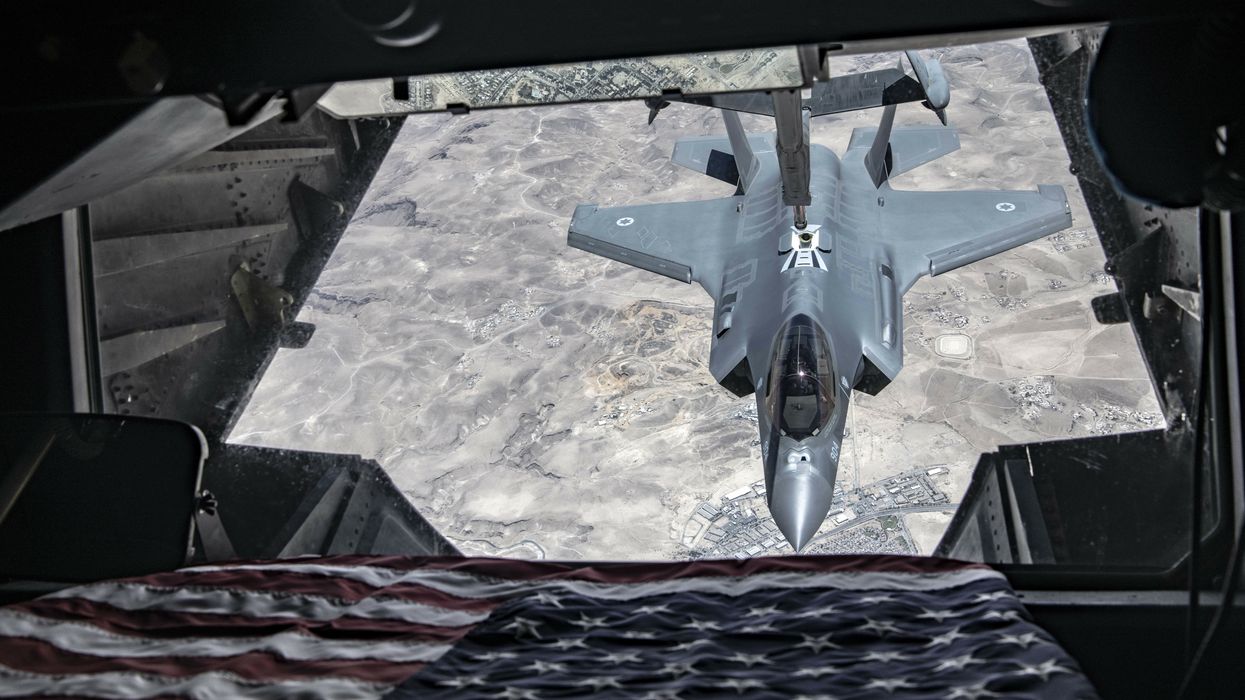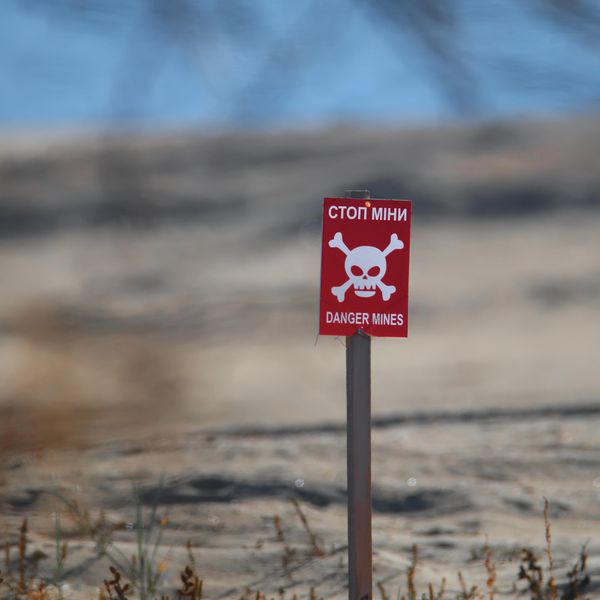Is the epic battle for Bakhmut turning into the Stalingrad of the Russia-Ukraine war? Would the city's capture by Russian forces swing the war decisively in Putin’s favor?
On the other hand, would a successful Ukrainian defense of the city provide the springboard for a tide-turning counter offensive to push back Putin’s invasion?
Like Bakhmut, the Battle of Stalingrad of 1942-1943 was a prolonged war of attrition — 200 days of fire as the Soviets liked to say — albeit on a much larger scale. Casualty figures are hard to pin down but scholars have generally estimated 850,000 Axis soldiers (German and allies) dead or wounded, with over 1.1 million casualties, including civilians, on the Russian side.
Neither side intended to wage such a costly battle, but both were willing to do so in pursuit of key strategic goals. Attrition was a means to achieve those goals, not an end in itself.
The German drive to Stalingrad was part of Hitler’s 1942 summer offensive in Ukraine and southern Russia. Having failed to defeat Stalin’s Russia in 1941 by a single Blitzkrieg invasion, Hitler’s revised aim was to cripple the Soviet war machine by seizing control of the resource-rich Donbass and the oil fields of Baku.
It wasn’t the city’s name that motivated the Germans to capture Stalingrad, it was its strategic location on the southern Volga. If they could occupy Stalingrad, or at least bring the city under fire control, the Germans would be able to interdict the river’s oil supply route to northern Russia, while at the same time strengthening the defensive glacis protecting their advance to Baku.
The Stalingrad battle proved to be the great turning point of the Soviet-German war. For the Germans, defeat at Stalingrad and the failure of their southern campaign was a point of no return. After Stalingrad, they had no realistic hope of winning the war, though that did not stop them fighting until the bitter end.
As the Duke of Wellington said of Waterloo, the Stalingrad battle was a close-run thing. By October 1942 the Germans occupied 90 percent of the city. Standing in the way of complete control was the embattled 62nd army, clinging to a 20-mile strip along the west bank of the Volga.
The Soviets were able to hold this bridgehead because of constant resupply of troops and ammunition from the eastern side of the Volga. Along those same eastern banks were arrays of artillery and rocket batteries that poured fire on German positions in the city. In the air space above the city, the Soviets were more than a match for the Luftwaffe. Protecting the 62nd flanks were several other Soviet armies, against which the Germans were able to make little or no progress.
The Stalingrad analogy is not one that currently favours the Ukrainian defenders of Bakhmut. Ukraine’s supply routes into the city are under siege. It will take a hard and costly fight to re-open them. Russian artillery power far outweighs that of the Ukrainians. Above Bakhmut, the Russian air force is increasingly dominant, while Ukraine’s flanking forces are under as much pressure from Russian units as its troops within the city.
As was the case during the Lysychansk-Sievierodonetsk battle last summer, there is a lot of propaganda talk of Ukraine wearing down the Russians in Bakhmut and then turning the tables with an out-flanking counter-offensive, just like the Soviets did at Stalingrad in November 1942 when they successfully encircled the city.
However, at Stalingrad, attrition wasn’t the decisive factor enabling Soviet success; it was the overwhelming force they were able to assemble while at the same time pinning down the Germans in the city. It would be surprising, to say the least, if the Ukrainians have the forces and firepower to do both these things at Bakhmut.
Preparations for the Soviet counter-offensive of November 1942 were conducted in strictest secrecy (now virtually impossible in an age of satellite surveillance) and the Germans were deceived into thinking the Red Army’s build-up on their flanks was for defensive not offensive purposes. The Soviets were also able to exploit the weaknesses of the forces defending the Germans’ flanks, which were mainly troops from Axis allies Italy, Hungary and Romania.
Defending the Wagner Group’s flanks at Bakhmut today are regular Russian units reportedly brought in from a mass mobilization last fall.
Importantly, trapping the Germans in Stalingrad wasn’t the Red Army’s main goal. Indeed, having surrounded the city the Soviets were content to leave the Germans there for weeks while they prepared an operation to reduce the encirclement ring.
The Red Army’s more important goal was the recapture of Rostov-on-Don and entrapment of the German armies fighting in the south en route to Baku.
Never short of ambition, the Soviets simultaneously prepared another grand maneuver aimed at destroying German Army Group Centre in the Moscow sector of the front. That Soviet winter offensive (Operation Mars) was launched around the same time as the Stalingrad counter-offensive (Operation Uranus). Mars was just as big but far less successful than Uranus. Not until Operation Bagration in summer 1944 did the Red Army dislodge Army Group Centre from Russia.
The Soviets stunning success in encircling Stalingrad, coupled with the ensuing drama of the Germans’ eventual surrender, obscured not just the Red Army’s failure in front of Moscow but also the fact that they were unable to take Rostov before the Wehrmacht extracted their forces from the south, which then lived to fight another day, not least during the prolonged battle for Ukraine in 1943-1944.
Millions of Ukrainians served in the Red Army during the war, including hundreds of thousands who fought in the Stalingrad campaign. Steeped in Soviet military tradition, Ukraine’s high command will be as cognizant of the lessons of Stalingrad as their Russian counterparts. They know that even a stunning success at Bakhmut — for either side — is unlikely to result in a rapid end to the war. It took the Red Army two more years — and many more city battles —to reach Berlin.
Compared to Stalingrad, the battle for Bakhmut is miniscule. Bakhmut’s capture, or its successful defense, would be an important tactical and psychological victory but not strategically significant. Neither outcome would be war-winning, or a guarantee against future defeat, unless it precipitates an unexpected military collapse of one side’s armed forces. A Russian collapse seems extremely unlikely given the hundreds of thousands of extra troops mobilized by Moscow in the past few months, while reports of the death of Ukraine’s armed forces have been frequently exaggerated.
Bakhmut is not the first time military pundits have reached for the Stalingrad analogy during the Russia-Ukraine war, and it may not be the last.
















